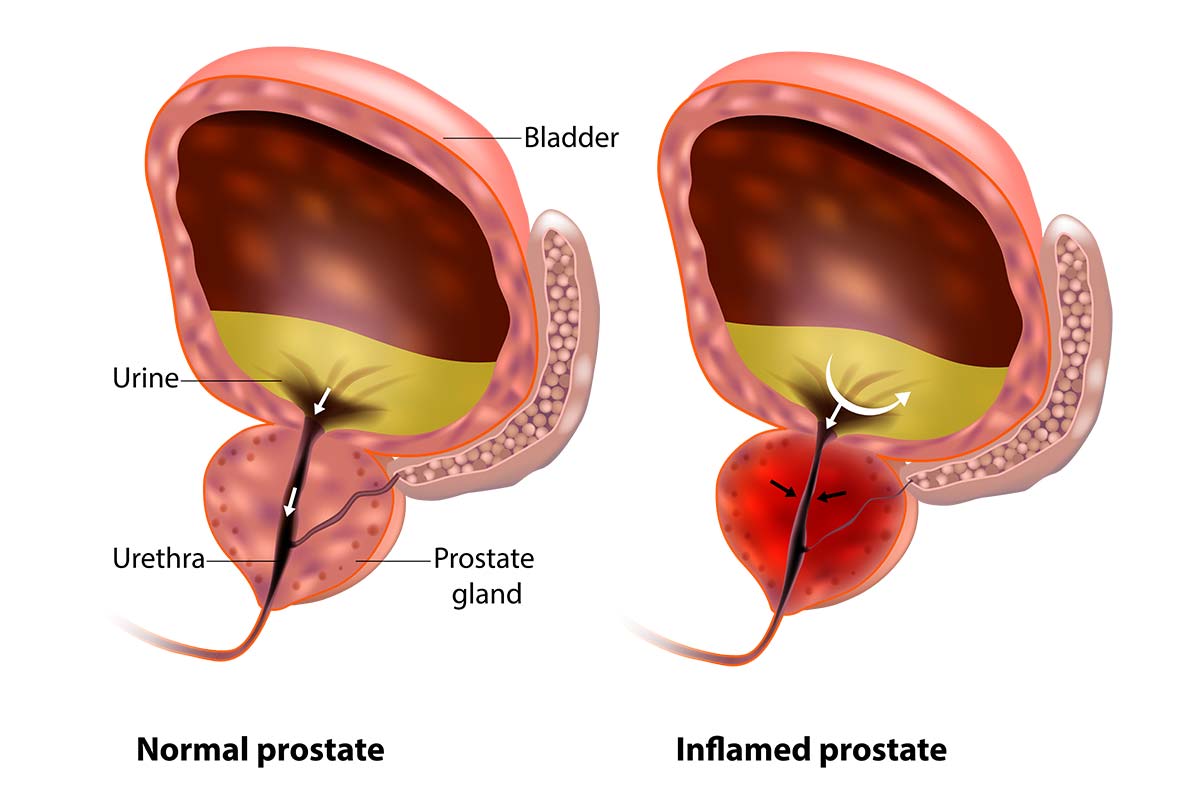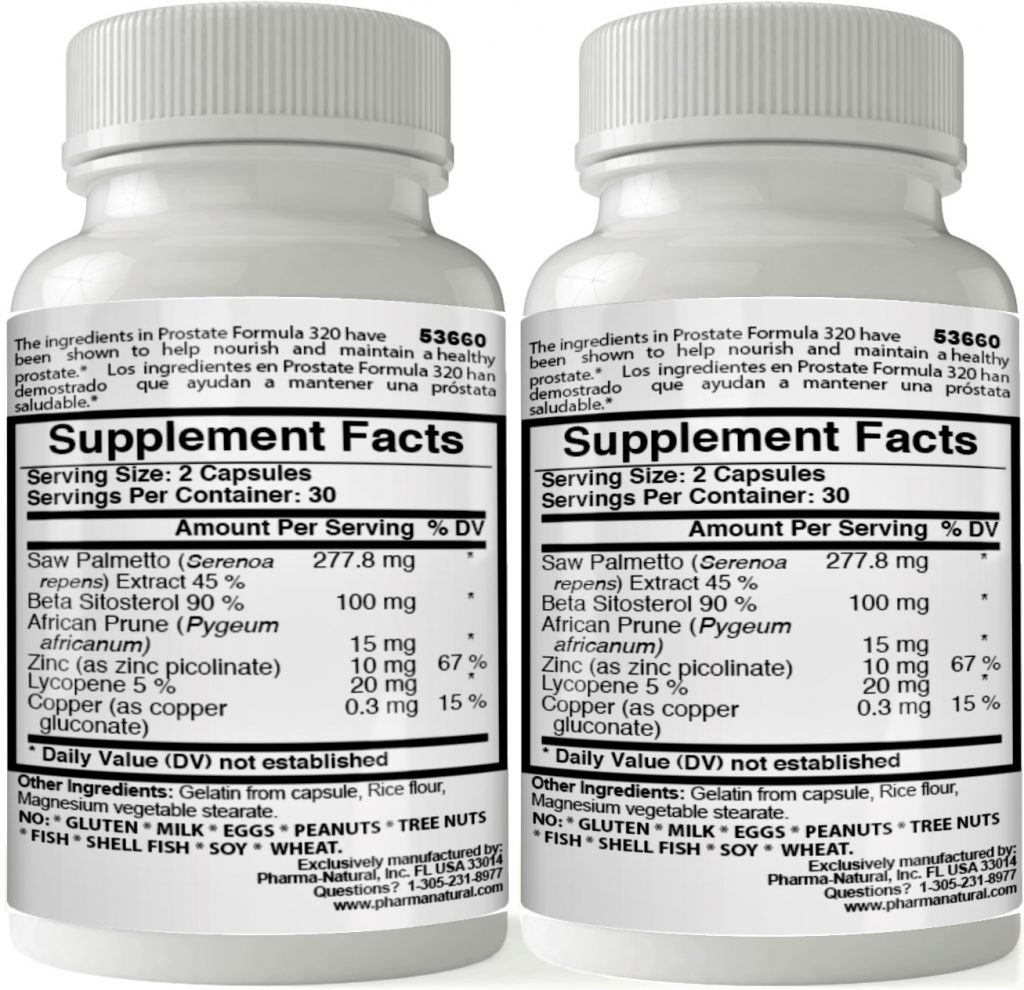9 Results How To Diagnose Benign Prostatic Hyperplasia Free
10 Uncovered How To Diagnose Benign Prostatic Hyperplasia - Bph occurs in almost all men as they age. The diagnosis is clinical, which means it is based on the presence of typical disruptions in urinating and negation of other factors.
 Benign Prostatic Hyperplasia Pathophysiology disease . More frequent urination, especially at night.
Benign Prostatic Hyperplasia Pathophysiology disease . More frequent urination, especially at night.
How to diagnose benign prostatic hyperplasia

13 Uncovered How To Diagnose Benign Prostatic Hyperplasia. Disease prevalence has been shown to increase with advancing age. Benign prostatic hyperplasia (bph) is an enlarged prostate gland. Most cases of an enlarged prostate and associated lower urinary tract symptoms are due to bph or benign prostatic hyperplasia. How to diagnose benign prostatic hyperplasia
The prostate goes through two main growth periods as a man ages. The prostate goes through two main growth periods as a man ages. What are symptoms of bph. How to diagnose benign prostatic hyperplasia
It is not an open surgery. It's not a cancer and it's not usually a serious threat to health. Benign prostatic hyperplasia (bph, less commonly known as benign prostatic hypertrophy) is, essentially, an abnormal enlargement of the prostate gland. How to diagnose benign prostatic hyperplasia
Benign prostatic hyperplasia (bph) is one of the most common benign neoplasms in aging males. Benign prostatic hyperplasia (bph) refers to the nonmalignant growth or hyperplasia of prostate tissue and is a common cause of lower urinary tract symptoms in men. Leaking or dribbling of urine. How to diagnose benign prostatic hyperplasia
Nowadays, with the increased population of aging male, the incidence rate of bph is also raised [ 1 ]. Treatment for benign prostatic hyperplasia through turp. Histologically, it is characterized by the presence of discrete nodules in the periurethral zone of the prostate gland.1. How to diagnose benign prostatic hyperplasia
Since the symptoms related to prostate Many men worry that having an enlarged prostate means they have an increased risk of developing prostate. How to diagnose benign prostatic hyperplasia? How to diagnose benign prostatic hyperplasia
The first is early in puberty, when the prostate doubles in size. Both prostate cancer and benign prostatic hyperplasia (bph) can cause an enlarged prostate, but beyond causing common symptoms, the similarities end there. Benign prostate enlargement (bpe) is the medical term to describe an enlarged prostate, a condition that can affect how you pee (urinate). How to diagnose benign prostatic hyperplasia
The prostate goes through two main growth periods as a man ages. Usually, they do it with spinal anesthesia. Bpe is common in men aged over 50. How to diagnose benign prostatic hyperplasia
As the prostate gets bigger, it may squeeze or partly block the urethra. As you age, your prostate may get larger. This often causes problems with urinating. How to diagnose benign prostatic hyperplasia
Around 40% of men over 60 have lower urinary tract symptoms due to bph, and quality of life is impaired in around half of these men. Turp is a very effective treatment, most of the patients improve. The degree to which the prostate grows varies from man to man as they age and may constrict the urethra and cause difficulty with urination. How to diagnose benign prostatic hyperplasia
Indeed the histological prevalence of bph at autopsy is as high as 50% to 60% for males in their 60's, increasing to. The first is early in puberty, when the prostate doubles in size. The second begins around age 25 and continues during most of a man's life. How to diagnose benign prostatic hyperplasia
“men are often anxious about prostate cancer, as it is the second most common cancer in men, with some worrying bph increases their risk of prostate cancer,” said lead researcher dr. Benign prostatic hyperplasia (bph) bph is a gradually progressive disease that often affects men aged 40 and above. The first stage occurs during early puberty, when the prostate tissue doubles in size, while the second happens. How to diagnose benign prostatic hyperplasia
The prostate gland surrounds the urethra, the tube that carries urine from the bladder out of the body. Benign prostatic hyperplasia—also called bph—is a condition in men in which the prostate gland is enlarged and not cancerous. However, each individual may experience symptoms differently. How to diagnose benign prostatic hyperplasia
According to epidemiology researches, a dramatic rise in bph is found in males over the age of 40 and the incidence reached to 50% and 80% in the age of 60 and 80,. This often causes problems with urinating. This growth reduces the ability of. How to diagnose benign prostatic hyperplasia
Benign prostatic hyperplasia (bph) is when the prostate and surrounding tissue expands. According to the national institute of diabetes and digestive and kidney diseases, it’s the most common prostate problem for men over age 50. The following are the most common symptoms of benign prostatic hyperplasia. How to diagnose benign prostatic hyperplasia
However, in order to rule out the possibility of prostatitis or prostate cancer, patients should Benign prostatic hyperplasia (bph) is enlargement of the prostate, a common condition among men over 45 years of age. Timely diagnosis of bph is crucial for its treatment. How to diagnose benign prostatic hyperplasia
Also called benign prostatic hyperplasia , the condition may actually provide some protection for men from developing prostate cancer, researchers report. Benign prostatic hyperplasia is also called benign prostatic hypertrophy or benign prostatic obstruction. As the prostate gets bigger, it may squeeze or partly block the urethra. How to diagnose benign prostatic hyperplasia
Objective and subjective response criteria to diagnose benign prostatic hyperplasia eur urol. Benign prostatic hyperplasia (bph) is an enlarged prostate gland. Benign prostatic hyperplasia (bph) is a common condition in older men. How to diagnose benign prostatic hyperplasia
During a man’s life, the prostate goes through two different stages of growth. Benign prostatic hyperplasia, like blood pressure, is becoming increasingly prevalent among the geriatric community in the country. Bph occurs in almost all men as they age. How to diagnose benign prostatic hyperplasia
Bph affects half of men age 51 to 60 — and up to 90 % of those over age 80. The prostate gland surrounds the urethra, the tube that carries urine from the bladder out of the body. Benign prostatic hyperplasia (bph) is when the prostate and surrounding tissue expands. How to diagnose benign prostatic hyperplasia
Author c g roehrborn 1 affiliation 1 department of pmid: Benign prostatic hyperplasia (bph) is better known as an enlarged prostate gland. Left untreated, bph may lead to urinary tract infections, bladder or kidney damage. How to diagnose benign prostatic hyperplasia
Also, within the medical questioning we perform a manual examination of the prostate to evaluate its size and to negate findings that may rise a suspicion for prostate cancer. How to diagnose benign prostatic hyperplasia
 Prostate Formula by PN 2 (60 caps) Powerful Healthy . Also, within the medical questioning we perform a manual examination of the prostate to evaluate its size and to negate findings that may rise a suspicion for prostate cancer.
Prostate Formula by PN 2 (60 caps) Powerful Healthy . Also, within the medical questioning we perform a manual examination of the prostate to evaluate its size and to negate findings that may rise a suspicion for prostate cancer.
 Protect your prostate health and avoid the worst . Left untreated, bph may lead to urinary tract infections, bladder or kidney damage.
Protect your prostate health and avoid the worst . Left untreated, bph may lead to urinary tract infections, bladder or kidney damage.
 Most men will develop Benign Prostatic Hyperplasia . Benign prostatic hyperplasia (bph) is better known as an enlarged prostate gland.
Most men will develop Benign Prostatic Hyperplasia . Benign prostatic hyperplasia (bph) is better known as an enlarged prostate gland.
 ON RADIOLOGY Ultrasound images of Benign prostatic . Author c g roehrborn 1 affiliation 1 department of pmid:
ON RADIOLOGY Ultrasound images of Benign prostatic . Author c g roehrborn 1 affiliation 1 department of pmid:
 Benign Prostatic Hyperplasia Nursing Care Management . Benign prostatic hyperplasia (bph) is when the prostate and surrounding tissue expands.
Benign Prostatic Hyperplasia Nursing Care Management . Benign prostatic hyperplasia (bph) is when the prostate and surrounding tissue expands.
 (PDF) Canine benign hyperplasia prostate on male pug dog . The prostate gland surrounds the urethra, the tube that carries urine from the bladder out of the body.
(PDF) Canine benign hyperplasia prostate on male pug dog . The prostate gland surrounds the urethra, the tube that carries urine from the bladder out of the body.